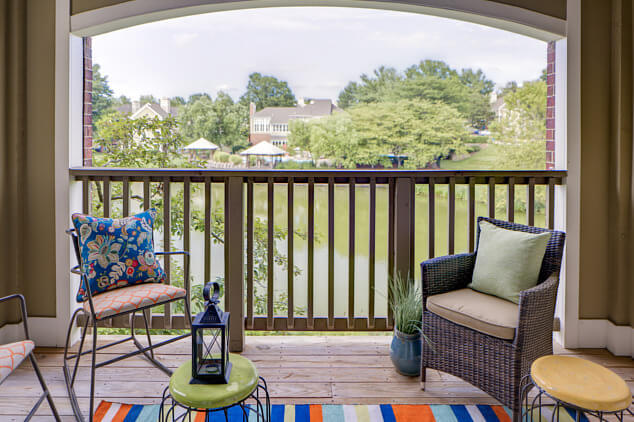
Feature Photo: Lakeside Apartments, Model Unit Design by SR/A
We are now nearly six months since the COVID-19 pandemic fundamentally changed our lifestyles. With this amount of time passing, are we now at a point where we, in the multifamily industry, can begin to gather data and predict with some confidence what impact this has had or will have on the future? As with everything else related to COVID-19, unfortunately, the answer isn’t so cut and dry.
As doors were locked, businesses transitioned to telework, and people hunkered down in their homes, experts predicted urban dwellers would flock to the suburbs in droves. At the time, it seemed to be common knowledge that the appeal of lower density, more space, no commutes (ah – no one misses those!) would be too much to resist, and we’d see a measurable increase in the desire for suburban living. Have we? Well yes. And no.
After a virtual stand-still in the spring, the real estate market is up and running again with suburban home sales, especially newly built homes skyrocketing. According to an industry survey, June was the best month for newly built home sales in over a decade. But is multifamily seeing the same trend?
Before the pandemic, CBRE predicted suburban multifamily to outperform urban multifamily in 2020, so many developers already had set their sights on the suburbs. It doesn’t appear that the pandemic has changed that outlook in either direction. With so many unknowns in the situation, even the data we do have now is hard to interpret and rely on. Will people who moved out of the city during the pandemic return once a vaccine is developed? Will vacancies in the city drive rents down, which will entice those who left to return? Is the level of risk the same in an urban apartment building as a suburban apartment building (shared ventilation, density, etc.)?
However, there are other factors related to COVID-19 that do make suburban multifamily development more appealing. In the world of remote work and with future lockdowns looming, potential renters are looking for multifamily properties that can provide spaces to adapt to these needs – units with dens or extra space for a home office, amenity spaces large enough to allow for social distancing, outdoor spaces either in-unit or shared, to name a few. These highly desirable amenities are easier to come by in suburban locations. There is less density and lower costs for developers to incorporate larger units and more outdoor space into projects.
Another factor is the property’s commitment to resident health and wellbeing – any property that can reassure residents they are taking steps to proactively keep residents safe from COVID-19 will undoubtedly also attract more interest. Since telework is making location less of a factor in the decision-making process, long-term suburban multifamily developments, especially those relatively close to a city core, may be more appealing to both the developer and the potential resident.
About the Author:
Jennie Crouch is a Certified Interior Designer and the Brand Coordinator at SR/A Interior Design. Her areas of professional focus include FF+E, procurement, project management, and custom design solutions. She holds experience in multifamily, residential, and hospitality interiors.